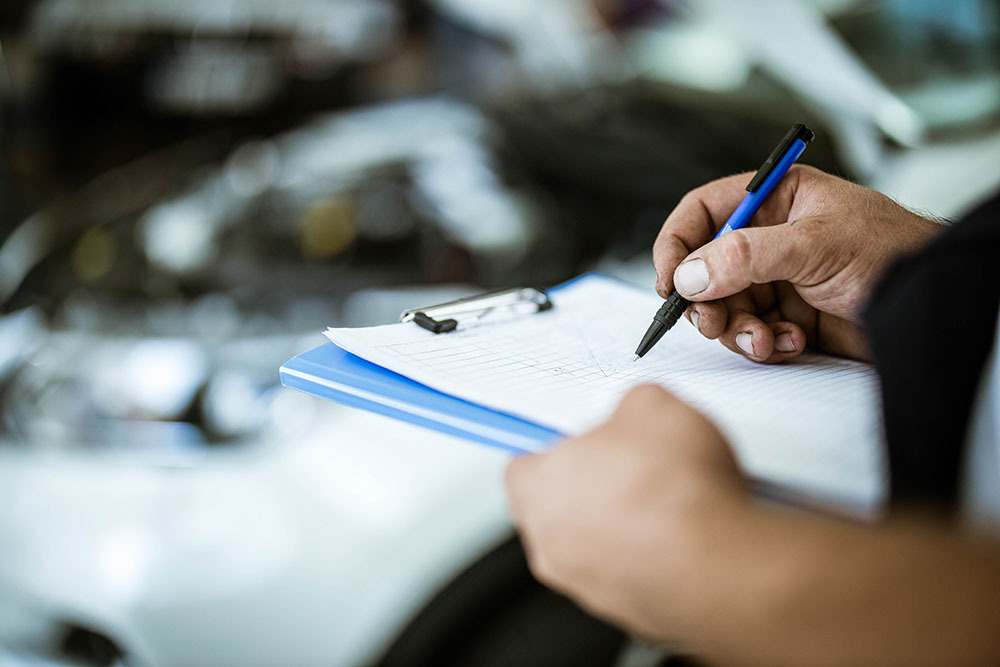TIRE TIPS

FOLLOW SGI SAFETY CHECKLIST
What Is SGI Inspection?
SGI Inspection is a method of safety inspection that is effective at assessing whether a vehicle meets safety standards before each use. Saskatchewan drivers need to do SGI inspections in compliance with the law to ensure their safety and that of other drivers.
Why Do I Need To Do A SGI Vehicle Inspection?
Performing a daily SGI vehicle inspection is important because it confirms that your vehicle is fully operational, thereby reducing the probability of accidents that could harm you or other drivers. For commercial vehicles with a Gross Vehicle Weight (GVW) of over 11,794kg, or buses in class PB or PS with a seating capacity of more than 10 people, performing a daily SGI vehicle inspection is also required by law.
How To Complete A SGI Vehicle Inspection
To start your SGI Vehicle Inspection, you should prepare to complete a trip inspection report and fix any issues found. To start, ensure that everything you need as the driver is in place. This includes your vehicle registration, driver’s license, Certificate of Safety Fitness, Periodic Motor Vehicle Inspection sheet, emergency phone numbers, accident reporting packet, and any permits, bills of lading, or Dangerous Goods Certificates if required. Afterwards, it’s time to start inspecting the vehicle. You can use an inspection manual if needed.
- General Inspection. First, you should look around the vehicle to ensure that everything appears to be in order. There should be no significant damage to the vehicle, it should not be leaning, there should not be any coolant, grease, oil, or fuel leaks under the car, and there should be no obvious hazards (like objects sticking out from the vehicle). The brake lights, windshield wipers, seatbelts, and airbags should all work.
- Engine Inspection. You should raise the hood to check the level of engine oil, power steering fluid, coolant, battery fluid, windshield washer fluid, and automatic transmission fluid. There should be no damage to the hoses on the radiator and power steering systems, the battery connections should be secure, the belts and electrical wiring should be intact, and there should be no leaks anywhere in the engine compartment. There should be nothing bent, worn, loose, damaged, or missing, and the spring, shackles, spring hangers, u-bolts, shock absorbers, brake drums, hoses, front axle, and steering system should all be in good condition.
- Start Your Engine. The engine should start without any unusual noises. All gauges should rise to normal operating ranges within seconds, and the ABS should illuminate and then turn off. All controls should function correctly. The exhaust system and defroster should function. There should be no warning lights. Once you have checked for function, turn off the engine and remove the key.
- Reinspection. Walk around the vehicle. Ensure the license plate, windshield, and windows are in good condition. Ensure that all lights work. Perform wheel alignment checks and ensure tires are in good condition. Check for PMVI inspection decal if required.

